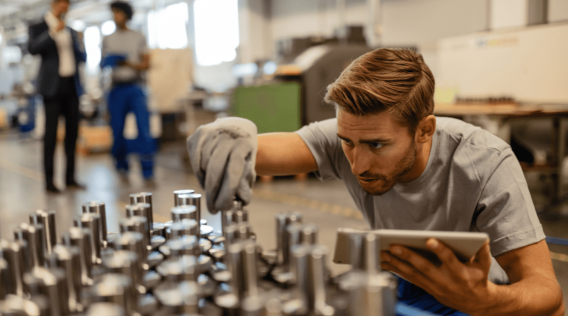Title: Optimizing Die Casting Design for Enhanced Product Quality and Efficiency
Introduction:
Die casting is a widely used manufacturing process that offers numerous advantages such as high production rates, complex part geometries, and excellent surface finishes. However, achieving optimal die casting design is crucial to ensure enhanced product quality and efficiency. This article discusses various aspects that should be considered while optimizing die casting design.
1. Material Selection:
Choosing the right material for die casting is essential to achieve desired properties for the final product. Factors such as strength, ductility, heat resistance, and corrosion resistance should be evaluated to determine the most suitable material. Aluminum and zinc-based alloys are commonly used in die casting due to their lightweight, high machinability, and good thermal conductivity.
2. Part Design:
The design of the part to be cast plays a significant role in the success of die casting. Key considerations include wall thickness, draft angles, fillets, and ribs. Maintaining uniform wall thickness throughout the part reduces the risk of defects such as porosity and shrinkage. Adequate draft angles facilitate easy ejection of the part from the die, reducing the likelihood of sticking. Fillets and ribs help in improving the structural integrity of the part.
3. Gate Design:
The design of the gate, which is the entry point for molten metal into the die, affects the filling pattern and the overall quality of the casting. Proper gate placement and size are essential to ensure uniform filling, minimize turbulence, and prevent air entrapment. Additionally, the gate should be designed to facilitate easy removal and post-processing.
4. Cooling System:
Efficient cooling is crucial to ensure proper solidification of the cast part. The cooling system should be designed to achieve uniform cooling rates and minimize thermal gradients, reducing the risk of defects. Proper placement of cooling channels and optimized cooling medium flow rate can significantly impact the overall cycle time and part quality.
5. Ejector System:
The ejector system is responsible for removing the solidified part from the die after each casting cycle. The design should consider factors such as part complexity, size, and weight to ensure easy and efficient ejection. Care should be taken to avoid part distortion or damage during ejection.
6. Simulation and Analysis:
Utilizing computer-aided engineering (CAE) tools for simulating die casting processes can provide valuable insights into potential defects and optimize the design. Through simulations, the filling behavior, solidification pattern, and potential defects such as porosity and shrinkage can be predicted, allowing for design modifications before actual production.
Conclusion:
Optimizing die casting design is crucial for achieving enhanced product quality and efficiency. By considering factors such as material selection, part design, gate design, cooling system, ejector system, and utilizing simulation tools, manufacturers can reduce defects, improve productivity, and enhance the overall performance of die cast parts. Adopting these practices can lead to cost savings, reduced lead times, and increased customer satisfaction in various industries that rely on die casting processes.

 0086-750-5616188
0086-750-5616188 +86 13392089688
+86 13392089688 sales@zhongmei-tech.com
sales@zhongmei-tech.com













